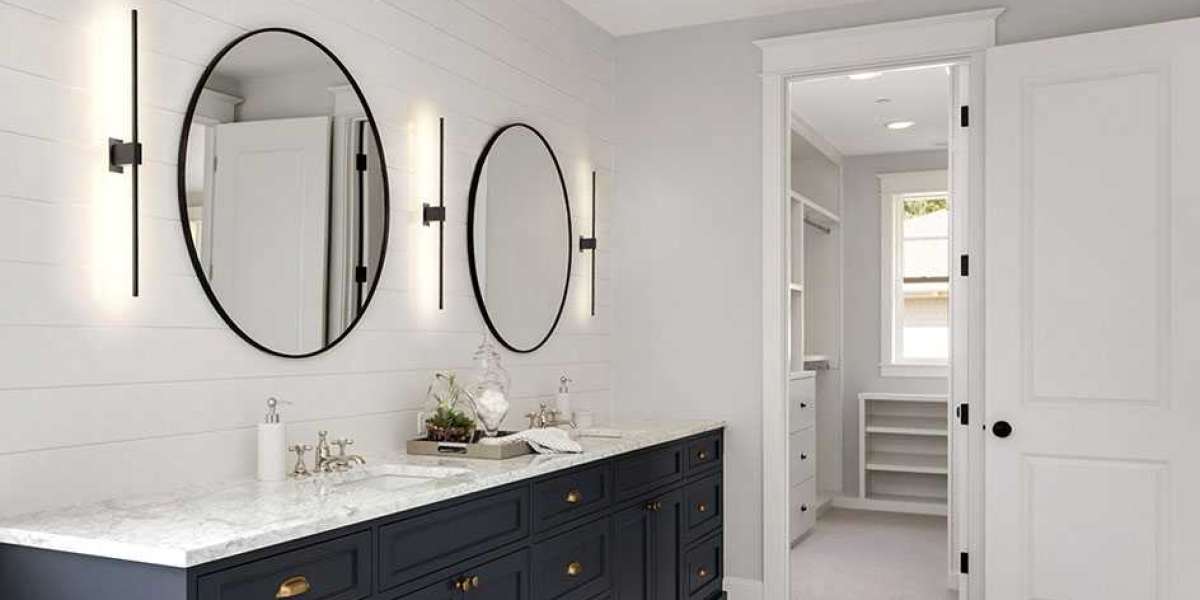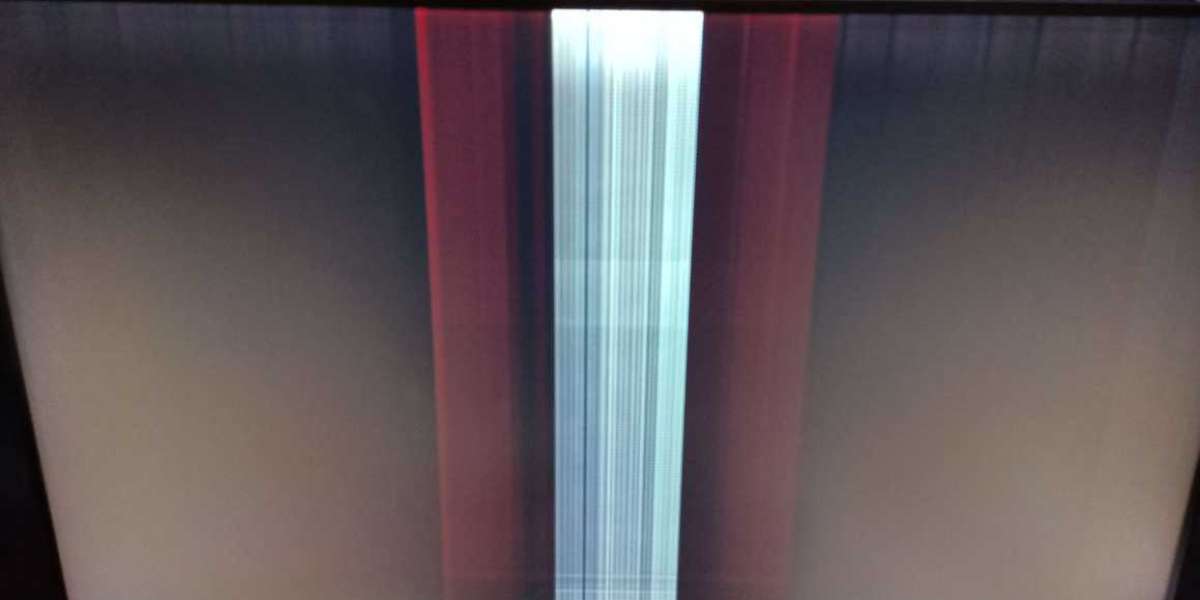
You probably just flip the switch to turn on the light in your bathroom, and other than considering whether or not the bulb needs to be replaced, you probably don't give it much thought. However, the reality is that when it comes to the illumination of the interior of your home, the lighting in your bathroom is actually one of the most significant components in your house. It is possible to completely transform a bathroom without performing a full remodel simply by focusing on the lighting and creating an atmosphere that gives the impression of more open space. On the other hand, poor bathroom lighting can completely destroy even the most beautifully renovated area.
The lighting in your bathroom can do more than just wake you up in the morning and help you have a peaceful transition from day to night.
It can also brighten up your space, which is an added bonus. Inadequate lighting can make it impossible to leave the house, regardless of whether you are getting ready for a day at the office or a night out on the town. In addition, when you are trying to wind down at the end of a long day, harsh lighting can startle you awake and cause you to stay awake for a longer period of time.
As a result of all of this, it should come as no surprise that the lighting in your bathroom is very, very important. It is also by far the most straightforward improvement that you can make in there. Many interior designers believe that selecting the appropriate lighting for your bathroom is one of the most important decisions that can be made in that space. There are an infinite number of choices and ways to personalize your space, ranging from pendant lights to wall sconces, which can make making a decision feel overwhelming.
How to Arrange the Lighting in Your Bathroom
The first thing you should do when trying to figure out how to illuminate your bathroom appropriately is to take into account the natural light that is already present. It is possible that a bathroom that does not have any windows will require a more powerful overhead light, whereas a bathroom that receives a significant amount of natural light may only require task lighting and accent lighting. In either case, you should make an effort to layer the lighting in your bathroom in order to create a space that is three-dimensional and inviting.
When it comes to the electrical lighting in a bathroom, a good rule of thumb to follow is to aim for approximately 50 lumens per square foot to mimic the effects of natural daylight. The exact number of lumens that you require will be determined by the square footage of your room; however, you want to ensure that there is sufficient lighting to assist you in getting ready in the morning without causing you to feel as though you are being blinded when you first wake up.
We suggest you get started from the very top and work your way down. First, you need to make sure that there is sufficient above your head in the form of ceiling lighting. The next step is to plan the vanity, which is the most important component of your bathroom. The task lighting is where you will spend the majority of your time and where you will find the greatest amount of variety. In conclusion, you should think about using ambient lighting or additional lighting such as lights for the shower or bathtub to illuminate hard-to-reach areas, impart some personality, and create a feeling of warmth. Here is a rundown of the different kinds of lighting that you should think about using if you are having trouble finding the right combination of the two.
The other alternative is to install a fixture directly above the mirror; however, if you choose to go this route, you should look for a fixture that has a cover that is opaque so that you can avoid harsh overhead lighting that casts unflattering shadows. Shadowing around your eyes or nose can be caused by an exposed light bulb or a directional light bulb, and this can make it difficult to believe what you see when you look in the mirror.
Your choice will also ultimately be determined by the contours and proportions of the mirror you intend to use. When it comes to bathroom lighting, a round mirror in a compact powder room might only have room for one sconce above it, whereas a double vanity might be able to accommodate more than one fixture at eye level.
Lighting on the Job
It's likely that the lighting in your bathroom that you'll notice the most (or at the very least, the lighting that will catch your attention first) is the task lighting. This is targeted illumination that has been provided for the express purpose of assisting you in completing a task. The area around your vanity is typically illuminated by task lighting. But you'll also find it in your shower, where it can assist you with activities like shaving and conditioning your hair.
Luminaires de toilette
When it comes to selecting the lighting for your vanity, the first thing you should think about is the size of your vanity and how much natural light you already have. When there is not a lot of natural light in the room, a double vanity should really focus on lighting that is brighter and more exposed than if it were in a room with a lot of natural light. A vanity that is placed right next to a window can get away with something closer to a 45-watt bulb and a fixture that throws a little less light.
The most typical variety of task lighting for vanities is provided by sconces. We recommend hanging two sconces on either side of your mirror at or just above eye level (which is approximately 60 inches off the ground). This will provide the most light while also preventing shadows from falling in unflattering places. This gives you the ability to frame your face within the mirror and bring out the best features of your reflection.














